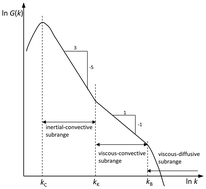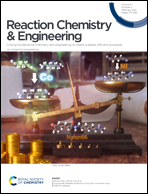A perspective review on mixing effect for modeling and simulation of reactive and antisolvent crystallization processes
Abstract
Reactive and antisolvent crystallization processes are efficient techniques for the production of fine chemicals and pharmaceuticals. These processes are usually characterized by high levels of supersaturation and fast primary crystallization kinetics. Understanding the mixing mechanism and its interaction with various crystallization phenomena is advantageous for achieving robust control of these crystallization processes and the desired crystal properties. Much modeling effort has been devoted to accounting for the combined effects of mixing on various scales and the complicated kinetic phenomena involved in these processes as complementary to experimental investigations. This article provides a review on the numerical simulation of reactive and antisolvent crystallization processes with an emphasis on modeling the mixing effect. Relevant Lagrangian mechanistic micromixing models and probability density function (PDF) approaches are introduced followed by simulation examples from the literature. Various examples are categorized into four groups according to the different coupling between mixing, crystallization kinetics and flow field. Also, some suggestions on further model development are given to enhance their predictive performances and broaden the range of application.



 Please wait while we load your content...
Please wait while we load your content...